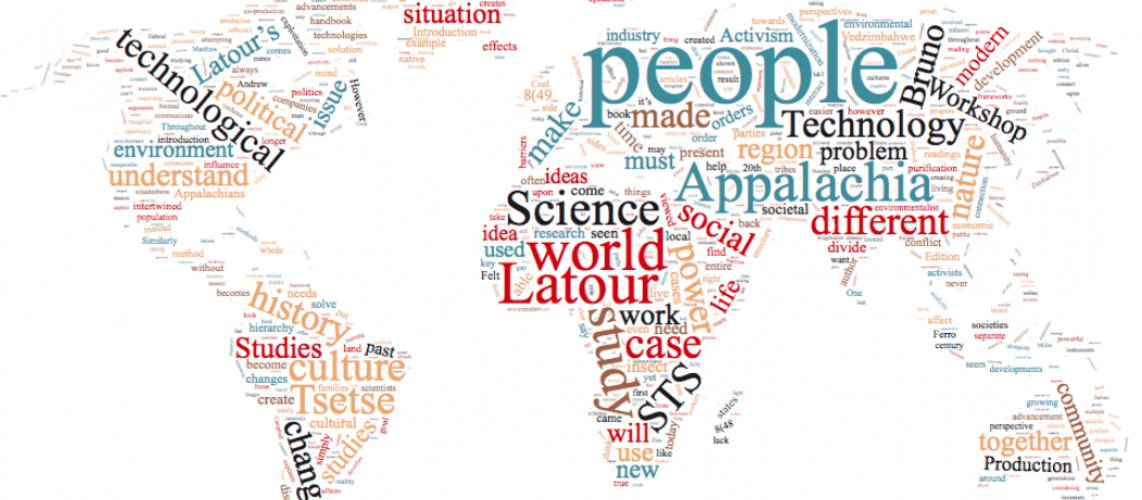(BIFSTOU) Andrew Yatsuhashi, Dominic Ferro, Colin Reynolds, and Issy Rhodes
*All authors contributed equally to the work*
Considering the technological advancements of the 21st century, many issues can arise, and affect the validity of the use of genetics. One of the greatest issues in the biomedical community is the sorting of people into categories, categories that are really only made for the pharmaceutical and medical industries profit. These categories, which have shifted continuously in the past, have been proven to be ineffective in aiding scientists to understand the source of diseases, and in the overall treatment of medical problems. To overcome these obstacles, the scientific community must forget about the past and look towards a better future. The challenge in the biomedical community in the 21st century is to no longer make race a biomedical commodity and create a more effective way to think about medicine.
The categorization of people is very prevalent in the biomedical community. The way in which people were counted, and the reasons for it, have changed through history. Ian Hacking describes in Biopower and the Avalanche of Numbers how there has been a “transition from the counting of hearths to the counting of bodies” (Hacking, 283), and that “the subversive effect of this transition was to create new categories into which people had to film and so to create and render rigid new conceptualizations of the human being” (Hacking, 283). While historically, populations were simply estimated by the number of hearths, as statistics were not nearly as important, categorization has become more and more precise and prominent. These categories have shifted towards race as time has gone on, especially in the biomedical community. People have been categorized and labeled so much that it prompted Myles Jackson to write, “Race has indeed become a biomedical commodity” (Jackson, 16) in his book The Genealogy of Gene, HIV/AIDS, and Race. Race became something that, by definition of commodity, can be bought and sold. To scientists, race has become a way to create an expensive personalized healthcare system. Jackson expands upon the devious dealings of the pharmaceutical company saying, “The racial and ethnic lens of analysis was reinforced by personal genomics companies and big pharma, both of which want patients to take control of their health and identity…such a mentality plays into the hands of private companies,” (Jackson 23). The private companies are using the arbitrary divisions for their gain, using the facade of an educated consumer to convince the public to join in on the personal healthcare. In reality, however, this plays right into big pharma’s hands, as they exploit their customers, using divisive categories for their own gain.
Race is not even the greatest factor impacting health. Myles W. Jackson states that “many scholars have argued that genetic differences among humans pale in comparison to the differences between the social classes and their respective access to health care” (51, Jackson). The environmental factors that come with the difference in social classes can affect the patient more than the racial and genetic differences. Racial categorization is not only racist; it is completely ineffective and serves no justifiable purpose. The continued use of ineffective categorizations emphasizes the challenges the biomedical community must overcome in the future.
Genetics does have significance in healthcare. In the podcast Lessons from the Human Genome Project, it is suggested that, “We are going to see some exciting developments in genomics, particularly those where we start to use genomic information as part of routine medical care” (Lessons From The Human Genome Project – National Human Genome Research Institute). Sebastian Gil-Riano touches upon a similar idea regarding the future, speaking about how instead of looking back at the negative parts of history and science, scientists should look forward to rethink the future. This future includes the idea of using genomics, and basic genetics for justified reasons, rather than racist ones, describing how “the futures that anti-racist scientists envisioned and the ways human scientists reconceptualized and sought to redeem ‘race’ as an object of social inquiry that promised crucial insights into how to accelerate the processes of social change and modernization” (Gil-Riano, 283). As long as genetics is being used as a part of a whole in modern medicine, with the other social factors also being considered, then the future of medicine has the potential to be bright. The overall challenge for the 21st century is to move past the notion that race or genetics alone define the health and medical traits of a person.
The challenge of the 21st century is to ensure race is no longer a commodity and division to the biomedical community. By splitting people in this manner, even arbitrarily, further divides are created in all facets of society, causing conflict amongst these groups. The focus of the biomedical community must be to eliminate these racial divisions before any more progress can be made
References:
Gil-Riaño, Sebastián. “Relocating Anti-Racist Science: the 1950 UNESCO Statement on Race and Economic Development in the Global South.” The British Journal for the History of Science, vol. 51, no. 02, 2018, pp. 281–303., doi:10.1017/s0007087418000286.
Jackson, Myles W. “Race, Difference, and Genes.” The Genealogy of a Gene, 2015, pp. 142–174., doi:10.7551/mitpress/9780262028660.003.0008.
National Human Genome Research Institute., “Lessons from the Human Genome Project” 42 Degrees North Media, 2018, https://www.genome.gov/27570930/
Hacking, Ian “Biopower and the Avalanche of Printed Numbers” Humanities in Societies 5, 1982, 280-295
